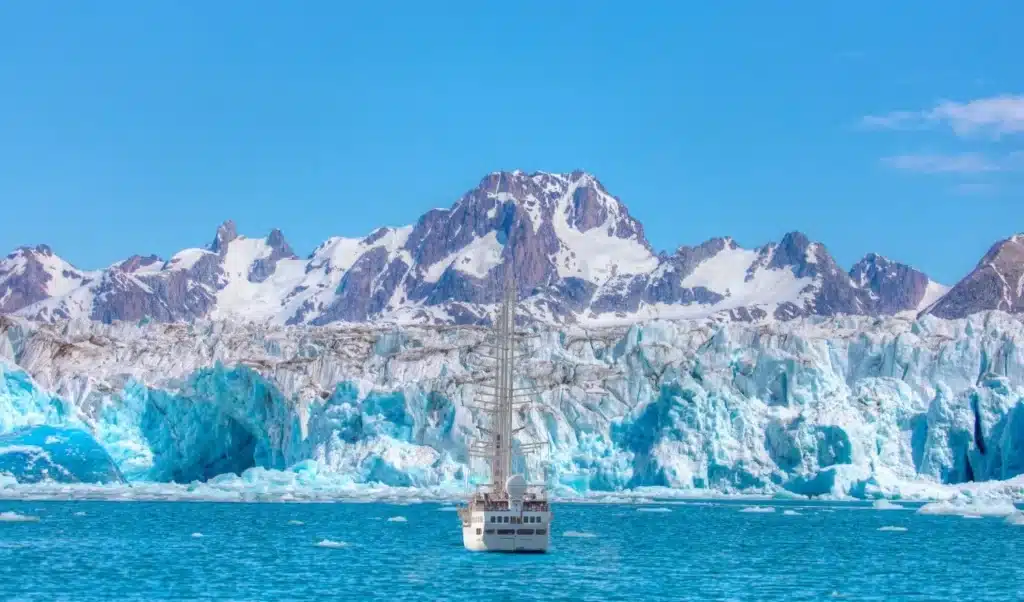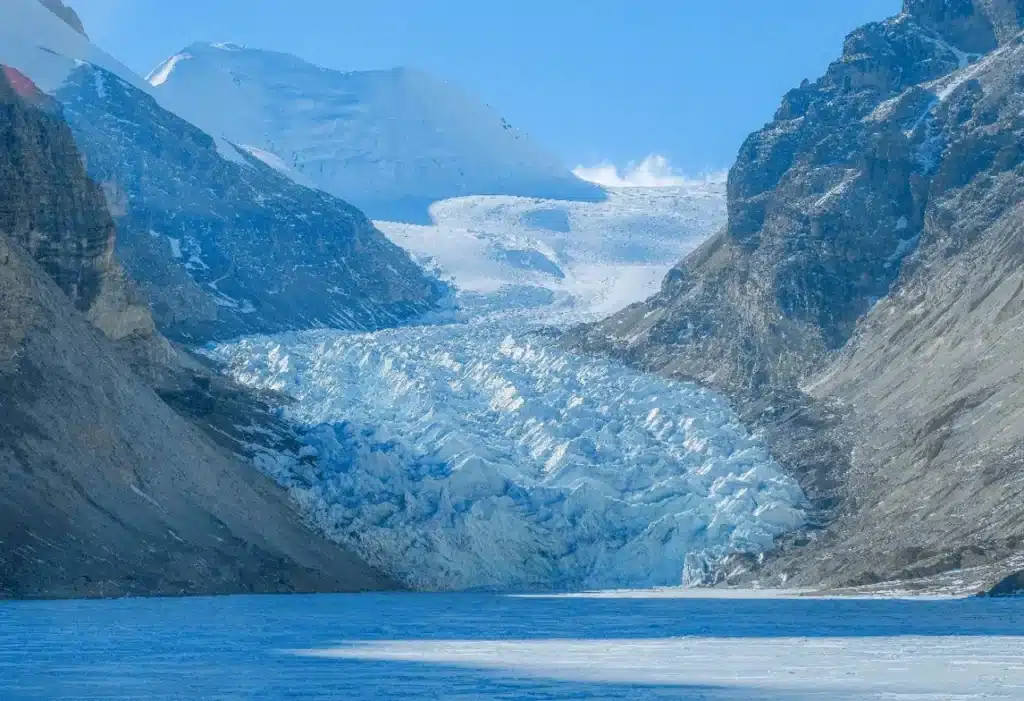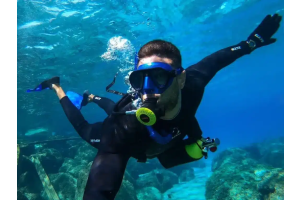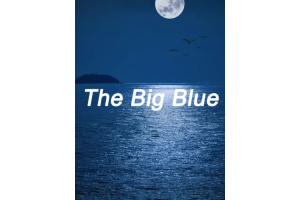Breathing Blue Blood: When Glaciers Melt and Become the Heartbeat of the Earth
April 27, 2025

The 33rd World Water Day will take place on March 22, 2025. This year, the focus is on glacier protection. Glaciers, the Earth's so-called "water towers," contain around 70% of the planet's freshwater reserves. These icy sentinels fulfill a dual function: They are custodians of climate history and lifelines for billions of people.
Glaciers: The largest freshwater reservoir on Earth
Glaciers cover 10% of the Earth's landmass and store 68.7% of the world's freshwater. These slow-release reservoirs feed civilizations in Asia, South America, and Europe through seasonal melting. The Himalayan glaciers alone feed ten major river systems—including the Yangtze, Ganges, and Mekong—and directly serve 1.4 billion people.
However, climate change is accelerating glacier loss. According to data from the United Nations Environment Programme (UNEP), the volume of global glaciers is decreasing by approximately 267 billion tons annually, equivalent to emptying 1.4 Olympic-sized swimming pools every minute. Without action, over a third of the world's glaciers could disappear by 2100.
The domino effect of glacier melting
The phenomenon of glacier melt
Glaciers worldwide are melting at an alarming rate. Since 2000, global glacier mass has shrunk by approximately 5%, or 6.542 trillion tons. Between 2012 and 2023, the glacier melt rate increased by approximately 36% compared to the previous decade. In 2023, global glacier mass loss reached 548 billion tons. These data indicate that glacier melting is accelerating.
Effects of glacier melting
- Rising sea levels: Meltwater contributes to coastal flooding and displaces communities and ecosystems.
- Water scarcity: Over 2 billion people face a potential reduction in the flow of their rivers as glacial buffers disappear.
- Disaster risks: Increasing flooding from glacial lakes and landslides endanger the population in the mountains.
- Ecological collapse: Aquatic ecosystems are facing pH changes and temperature spikes that threaten biodiversity.
- Cultural erosion: The glacier-based traditions of the indigenous peoples are under existential threat.
- Safety risks: The thinning ice layer makes glacier tourism increasingly dangerous.

Protecting glaciers: What can we do?
Live low-carbon: Reducing greenhouse gas emissions is key to slowing glacier melt. Reduce your personal emissions by using public transport and conserving electricity.
Save water: Excessive water consumption exacerbates glacier melting. We should save water by reducing long-term washing and repairing leaky faucets in a timely manner.
Support and participate in environmental organizations: Work with organizations like the IUCN and GlacierWorks to raise awareness and drive action.
Spread environmental awareness: Use social media and community events to educate others about glacier conservation and climate change.
Support sustainable products: Choose environmentally friendly and sustainable products and reduce environmentally harmful consumer behavior. For example, buy products with environmental certification and reduce the use of single-use plastic products.
Protect the "Blue Planet" through action
Glaciers are the fingerprint of the Earth's climate and the lifeblood of human civilization. On World Water Day 2025, let's recognize the value of glaciers and respond to the call to "value groundwater" with action. Whether it's personal water conservation, environmental engagement, or advocating for political change, every effort will buy more time for glaciers.
Glaciers can't speak, but their retreat is the most urgent warning. Glacier protection means protecting our future.
On World Water Day 2025, drink a glass of “Game of Ice and Fire” with the Earth
Further reading:
IPCC “Climate Change 2021: Scientific Basis”
Documentary film “Chasing Glaciers”
Interactive topics:
Does your city rely on glacial meltwater? What changes would you make to protect the glaciers? Feel free to share your experiences!












